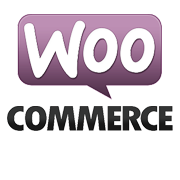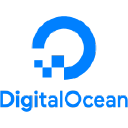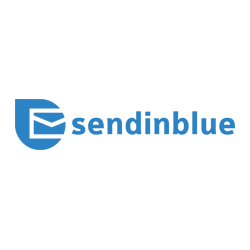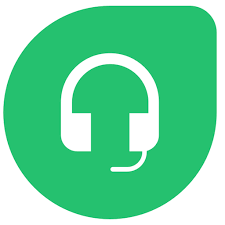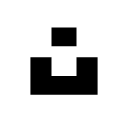How These Brothers Started A $5K/Month Custom Printing Online Service
Hello! Who are you and what business did you start?
I am Rahul Garewal, 38 years old, originally from a small town, but now living in one of India’s top metro cities and technology hub - Hyderabad for the past 15 years. I along with my brother Pushkar Garewal (36) started this company in 2017.
Our company - Printstreet is online customization and merchandising solution provider, enabling users to print their content (text, images, etc) on a wide range of products like - T-Shirts, Hoodies, Bags, etc.
Printstreet caters to both individuals and enterprises. As we don't have any minimum order quantity Individuals can order 1 T-shirt or Hoodie with their print on it, and at the same time, we also undertake bulk orders of customized corporate merchandise and gifts for enterprises.
We have been growing more than 100% year on year for the past 3 years, and are making USD 5K per month currently. And given the market conditions, this is just the beginning.

Download the report and join our email newsletter packed with business ideas and money-making opportunities, backed by real-life case studies.

Download the report and join our email newsletter packed with business ideas and money-making opportunities, backed by real-life case studies.

Download the report and join our email newsletter packed with business ideas and money-making opportunities, backed by real-life case studies.

Download the report and join our email newsletter packed with business ideas and money-making opportunities, backed by real-life case studies.

Download the report and join our email newsletter packed with business ideas and money-making opportunities, backed by real-life case studies.

Download the report and join our email newsletter packed with business ideas and money-making opportunities, backed by real-life case studies.

Download the report and join our email newsletter packed with business ideas and money-making opportunities, backed by real-life case studies.

Download the report and join our email newsletter packed with business ideas and money-making opportunities, backed by real-life case studies.

